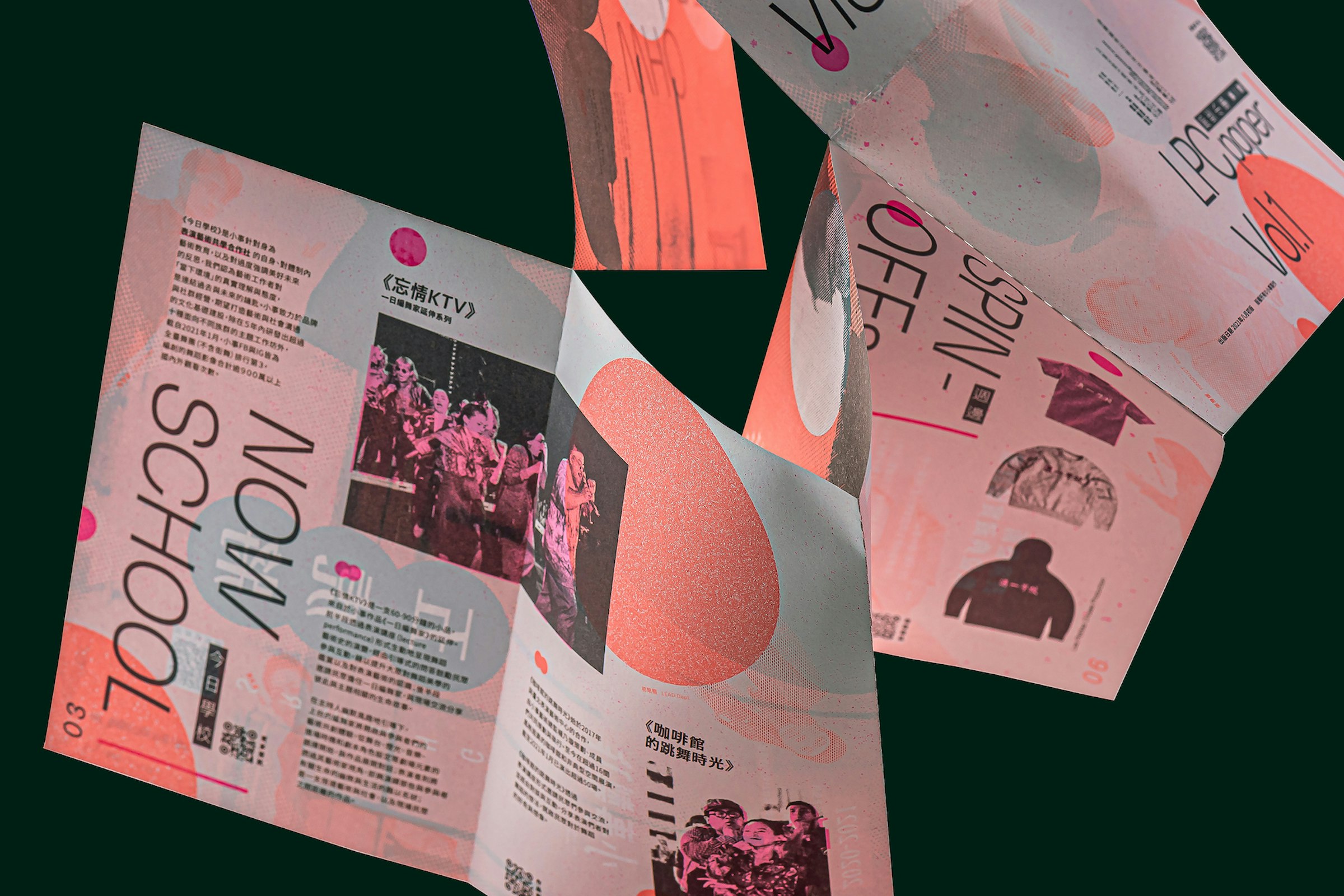- Home
- Latest
- Student Stories
- Beyond the screen: A multi-sensory paper...

Beyond the screen: A multi-sensory paper-making journey with everyday ingredients
In the world of graphic design, where screens dominate anything made by hand, it's easy to overlook the beauty and tactility of physical materials. This year, motivated by the ISTD brief "the Joybringer," I started a project that reconnected me with the fundamental basis of design – paper.
As an avid cook, I imagined a cookbook that went beyond just the visual, engaging the reader with a multi-sensory experience, where texture, scent, and colour were to play as crucial a role as the recipes themselves.
This pursuit led me on an interesting journey – the art of handmade paper. While exploring AUB's enormous library of resources, I researched all the traditional paper-making techniques, as well as the use of organic dyes. It became evident that I needed a "deckle" and frame – an essential tool for shaping and evenly distributing the paper pulp, which I didn't possess. Retail options proved prohibitively expensive, so I decided to get creative.
After completing the band saw and sander induction, I confidently approached the University's workshop. The tutor greeted me warmly and guided me through the woodworking process for making my deckle and frame. The paper-making process itself was an exciting game of discovery.
Paper pulp at home is generally made from recycled paper scraps, which have been soaked overnight to loosen the fibres. This is then ground into a fine paste with the help of a humble household appliance, the blender, which instantly converts these fibres into a fine, ready-to-use pulp. My kitchen sink had been turned into a makeshift paper-making vat, containing my pulp, which was ready to be converted into paper.
The deckle and frame were gently dipped into the vat to get an even coating. This technique was carried out several times until I achieved the desired thickness for the paper. The deckle was then transferred to a cloth and the excess water was removed with the help of a sponge. Finally, the deckle was gently lifted to reveal a fresh sheet of paper.
Inspired by this success, I dove into experimenting with different natural ingredients that could be mixed with my pulp. First up was a bunch of fresh coriander – the paper turned out wonderfully fragrant, with a subtle green hue. Next, I swapped in carrots for their vibrant orange punch. They weren't just for colour anymore – they added a delightful bit of texture as well.
Craving a touch of spice, I reached for some freshly ground cinnamon. This not only painted the paper a beautiful shade of brown, but also left it with a lingering, sweet scent. Lastly, my most recent creation – a flavourful blend of fresh blueberries and oats, resulting in the most visually stunning sheet yet! It looks good enough to eat. This is exactly the kind of sensory experience I envisioned for my cookbook.
Now that my paper was ready, I was curious to see how I might print on it, given that it was not as thick as I had expected. I took my paper to the letterpress studio to evaluate its durability by printing some random phrases on it. I letter-set a sentence and printed it onto my paper, and to everyone's astonishment, the paper remained intact and the text printed wonderfully across the page. What was even more shocking was that the letterpress ink, which normally takes two or three days to completely dry, had dried in a matter of minutes.
This exploration of paper-making has opened my eyes to a world of possibilities beyond the screen. It has single-handedly revived my respect for the physicality of design materials, as well as the joy of creating using traditional techniques. Each sheet, with its own texture and character, has the ability to serve as a medium for creative expression. As the project continues, I'm excited to go deeper into the subject of sustainable dyes and research the possibility of integrating handmade paper into future designs.
I wish to create a cookbook that goes beyond the page. This multi-faceted experience, with its aromatic sheets and intriguing textures, is intended to inspire everyone to discover the joy of cooking. It's an invitation to enter the world of culinary creation using all of one's senses, not just taste.













